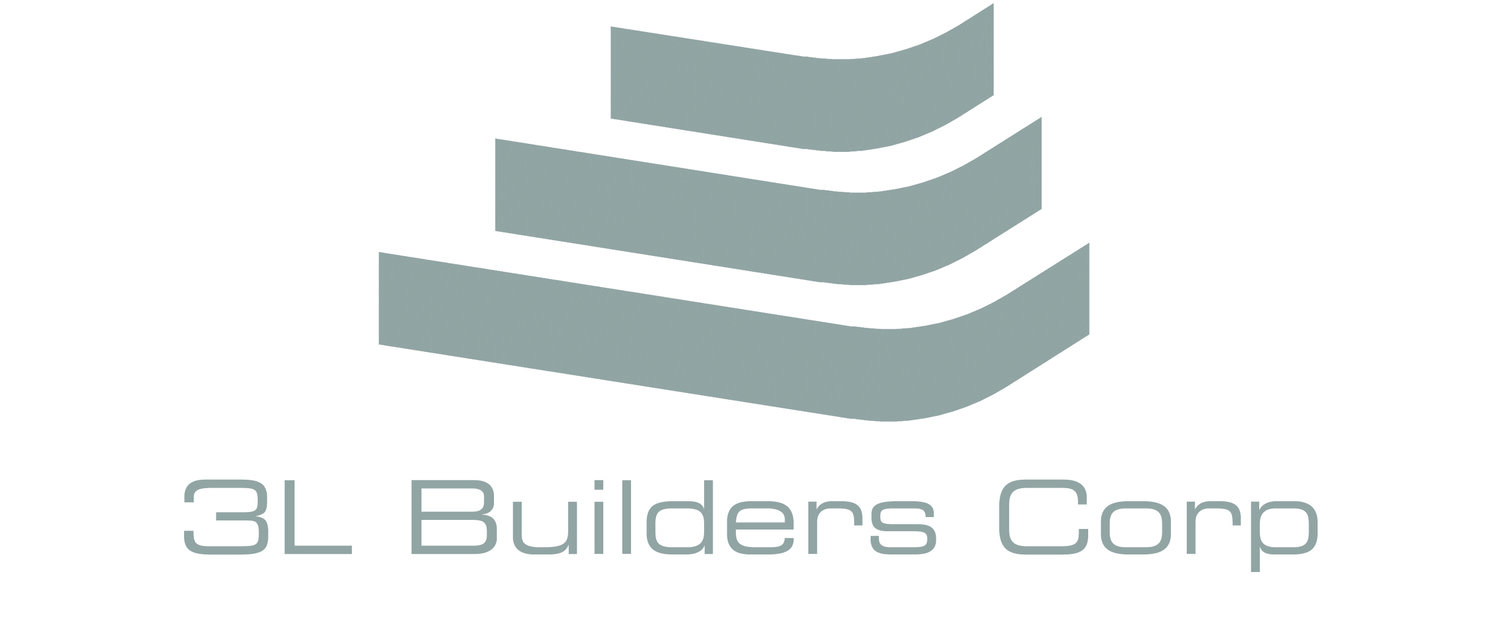Construction Project Cost Estimation
Construction project cost estimation is a crucial component of any successful building project, as it serves as the financial foundation that supports all stages of construction. The process involves predicting the total costs associated with the project, ranging from the initial planning phase to design, construction, and final completion. This estimation is not only essential for understanding the financial scope of the project but also for ensuring that funds are properly allocated and managed throughout the entire process.
At the early stages of a construction project, cost estimation helps project owners, investors, and developers make informed decisions about the feasibility of a project. It provides a clear picture of how much financial investment will be required, allowing for the identification of potential cost constraints or risks. This early estimation helps secure financing by offering stakeholders a reliable overview of the project’s financial needs. For example, in order to secure loans or grants, lenders will typically require detailed cost estimates to understand how the funds will be spent and whether the project can be completed within the financial limits.
As the project progresses, cost estimation plays a critical role in ensuring that the project stays on track financially. It allows project managers and contractors to track actual spending against the initial budget, adjusting for unforeseen issues or changes in scope. If the initial estimates prove to be inaccurate, adjustments can be made to avoid cost overruns. Accurate cost estimation helps prevent situations where funds run out before the project is completed, which could lead to significant delays or even project cancellation.
Accurate estimations also serve as a communication tool between the different parties involved in the project, including architects, contractors, and project owners. Everyone from the design team to the construction crew needs to be aligned on the expected costs to ensure that work is executed as planned. If unforeseen costs arise—such as material price increases, labor shortages, or site-specific challenges—the cost estimate provides a benchmark to assess whether these issues will significantly impact the project’s financial outlook.
In addition to managing expenses, accurate cost estimation helps in establishing project priorities. For instance, if certain aspects of the project are more costly than anticipated, estimations allow project teams to make informed decisions about where to cut costs without sacrificing quality or safety. This can include opting for less expensive materials, adjusting design features, or modifying construction methods to achieve a balance between cost-efficiency and design integrity.
Furthermore, cost estimation ensures that contractors are competitive when submitting bids. In competitive bidding situations, construction companies rely heavily on accurate estimations to create realistic proposals. An accurate estimate not only reflects the true costs but also provides a level of transparency to the client, building trust and ensuring the project remains financially viable. If estimates are overly optimistic, contractors may be forced to take losses, whereas inflated estimates could price the project out of the budget.
Cost estimations also play an essential role in managing construction risk. By anticipating the costs of potential risks—such as weather delays, labor disputes, or unforeseen site conditions—cost estimations can factor in contingency plans. These provisions allow for flexibility in the event that the project encounters obstacles that were not initially considered. The inclusion of contingency funds helps mitigate the financial impact of such risks, making the project more resilient to setbacks.
In conclusion, construction project cost estimation is not just a technical process; it is a critical management tool that shapes the success of a project from start to finish. It allows stakeholders to understand the financial scope, set realistic expectations, secure financing, and monitor project spending. By providing an accurate, detailed financial roadmap, cost estimation helps ensure that the project is completed on time, within budget, and to the desired quality standards, ultimately contributing to the overall success and profitability of the construction endeavor.
Importance of Accurate Cost Estimation
A well-done cost estimate provides an outline for how much a construction project will cost and helps in tracking expenditures throughout the project’s lifecycle. Cost estimations help project owners, contractors, and architects assess the financial requirements, allocate resources efficiently, and mitigate financial risks. It also serves as a critical tool in project scheduling, as certain activities depend on available budgetary resources.
Cost estimation plays a key role in several stages of a project:
Feasibility and Planning: Early cost estimates help to determine whether a project is financially viable and assist in securing investment or loans.
Budgeting and Procurement: Accurate estimates allow project owners to set a realistic budget and ensure that funds are available for procurement of materials and labor.
Project Monitoring and Control: Throughout the construction process, estimations help track the project’s progress, manage resources, and ensure the project is completed on time and within budget.
Types of Cost Estimation
Cost estimation can be divided into several types based on the stage of the project:
Preliminary (Conceptual) Estimate: This is typically the first estimate provided and is based on the general scope of the project. It helps determine whether the project is financially feasible.
Detailed Estimate: This estimate is based on a more detailed understanding of the project and its components. It includes precise calculations of quantities, labor costs, material costs, and other specifics. This is used when more detailed plans are available.
Unit Price Estimate: This type of estimate breaks down the project into smaller units, such as per square foot of construction, and provides an estimate based on these individual components.
Quantity Takeoff Estimate: This involves calculating the quantities of materials and labor required for a project based on the project plans and specifications. It is a precise method used for detailed cost estimation.
Bid Estimate: Submitted by contractors, this estimate includes the cost of labor, materials, overheads, and profit margins, usually to win a contract.
Steps in the Cost Estimation Process
Effective cost estimation follows a systematic process, which typically includes the following steps:
Project Review: Understanding the scope, requirements, and specifications of the project.
Data Collection: Gathering data on past projects, current market rates for materials and labor, and other relevant information.
Quantity Takeoff: Identifying and quantifying the materials, labor, and equipment required.
Cost Calculation: Applying unit costs to the quantities identified and calculating the total costs.
Contingencies: Including a contingency amount for unforeseen costs or risks during construction.
Final Review and Adjustments: Ensuring the estimate is aligned with the project’s goals, adjusting for any changes, and finalizing the cost.
Factors Influencing Cost Estimation
Several factors influence the accuracy of cost estimations, including:
Material Prices: Fluctuating costs of raw materials can significantly affect estimates. Global supply chain disruptions and local price variations must be considered.
Labor Costs: Labor rates vary depending on location, labor availability, and union agreements, which can change throughout the life of the project.
Location: Geographic location impacts costs due to differences in transportation expenses, local building codes, and construction standards.
Project Complexity: More complex designs and systems require more labor, specialized materials, and additional resources.
Economic Conditions: Inflation, interest rates, and local economic health can affect overall project costs.
Regulatory Factors: Government regulations, zoning laws, and building codes can all affect material choices and construction methods, influencing the final cost.
Tools and Techniques for Cost Estimation
Today’s construction estimators utilize a variety of tools and software to make accurate cost projections. Software like Procore, Buildertrend, or Sage Estimating allows professionals to input project specifications and generate detailed cost reports based on historical data, vendor prices, and real-time updates. These tools also assist in updating estimates as the project progresses and unforeseen costs arise.
Challenges in Cost Estimation
Cost estimation in construction is an inherently challenging task. Several factors can complicate the process, including inaccurate design documents, last-minute changes to the scope, unforeseen site conditions, and fluctuating market prices. Despite the most careful planning, some level of uncertainty will always be present in the estimate, which is why contingency budgets are essential.
Benefits of Accurate Cost Estimation
Accurate cost estimation provides numerous benefits:
Financial Control: Helps in tracking expenses and controlling budget overruns, ensuring that the project remains within its financial limits.
Time Efficiency: By preventing delays due to budgetary constraints, the project can stay on track with its timelines.
Risk Mitigation: Estimation identifies potential risks early, allowing the project team to prepare for and address them proactively.
Improved Decision Making: Enables informed decisions regarding design, materials, and construction methods to keep costs manageable while maintaining quality.
Conclusion
Construction project cost estimation is more than just calculating the price of materials and labor. It is a critical skill that allows project managers to manage risks, meet deadlines, and achieve the project’s financial goals. By understanding the different types of estimates, the factors influencing cost, and the steps in the estimation process, contractors and project owners can ensure that their projects are completed on time, within budget, and to the highest standards.


